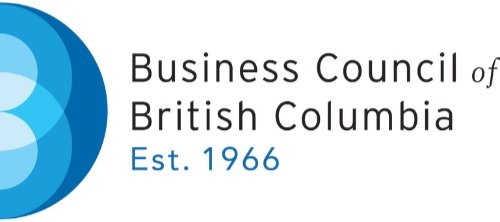The Different Faces of Government Debt in British Columbia
Last month’s provincial budget provides updated projections of the government debt that has built up over time in British Columbia. Some media reports on the budget referred to the “accumulated government deficits,” while other reports mentioned the “tax-supported debt” or the “total provincial debt.” What do these different debt-related terms actually mean?
The total provincial debt stands at $56 billion for the fiscal year ending March 31, 2013. It is comprised of three separate components.
- Provincial government direct operating debt: This is the historical sum of all previous operating budget deficits and surpluses. For 2012-13, the operating debt is $9.2 billion. When the government runs a budget deficit, as it did in 2012-13, the accumulated operating debt increases by the amount of that deficit. When the government posts an annual budget surplus, as BC did for a few years prior to 2009-10, the operating debt is reduced.
- Other taxpayer-supported debt: This is debt associated with borrowing undertaken to fund capital projects in various parts of the public sector – mainly for health care and education facilities and transportation infrastructure assets. The term “taxpayer-supported” is used because the public sector entities on whose behalf the debt is incurred do not have their own revenue sources to service or pay down the debt. Instead, they depend on the provincial government. For 2012-13, other taxpayer-supported debt amounted to $29.2 billion.
- Self-supported debt: This primarily consists of debt issued by Crown Corporations that have their own independent revenue sources and don’t depend on financial transfers from the provincial government – for example, BC Hydro and the Transportation Investment Corporation (Port Mann Bridge). In 2012-13, self-supported debt reached $17.7 billion, of which BC Hydro’s debt constituted about 80% of the total.
The accompanying table summarizes the composition of BC’s public debt and how it changed between 2006-07 and 2012-13. Note that the accumulated direct operating debt is little changed over the period. However, other taxpayer-supported debt incurred to finance capital spending has jumped by 70% (going from approximately $17 billion to $29 billion since 2006-07).
The biggest increase in debt has occurred in the case of self-supporting Crown Corporations (up by 136%)
When economists or credit-rating agencies assess the underlying health of public sector finances, they pay particular attention to the level and growth of “taxpayer-supported debt,” which consists of two of three components described above: accumulated operating debt, and other tax-supported debt. In BC, these two categories of debt added together totaled $38.3 billion as of March 21, 2013. Relative to the size of the province’s economy or gross domestic product, BC’s taxpayer-supported debt is equal to 17% of GDP. This is the third lowest debt-GDP ratio among the ten Canadian provinces. As of today, only Alberta and Saskatchewan have smaller public sector debt burdens than British Columbia when measured relative to GDP.
